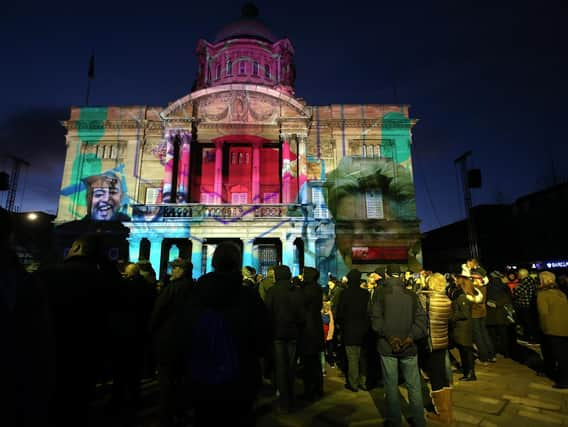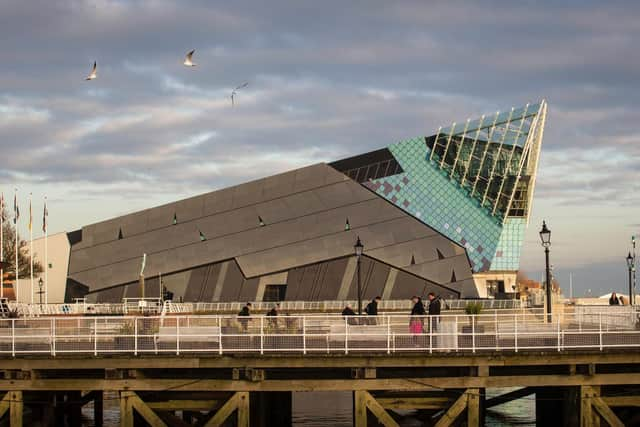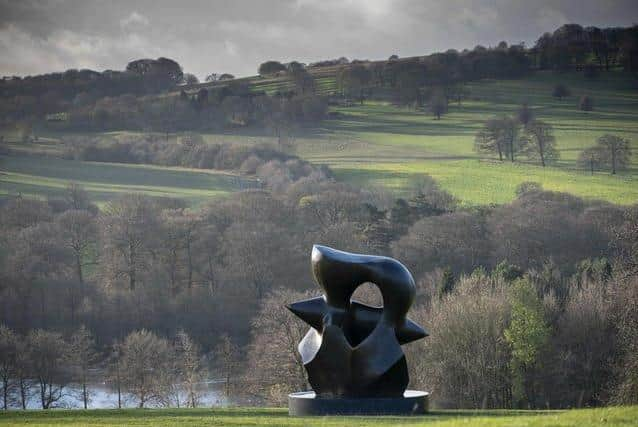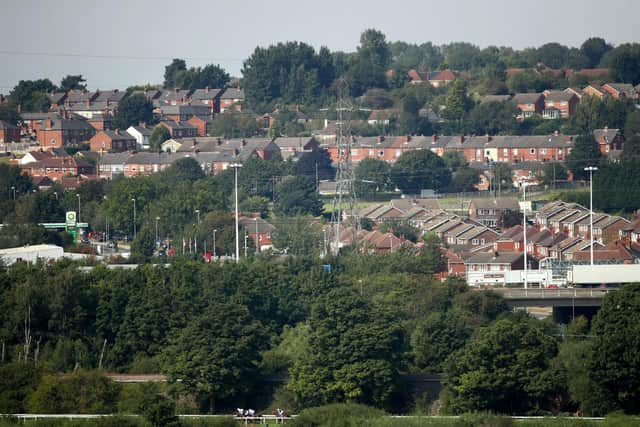City of Culture 2025 bid: The lessons Wakefield can learn from Hull's 2017 success


I worked as a reporter in Hull when it was City of Culture 2017 and I saw first hand what a huge boost that gave the area.
It wasn’t just the regeneration and the money that flooded in, it was the feel-good factor and pride it gave the locals about where they lived.
Advertisement
Hide AdAdvertisement
Hide AdWakefield’s late bid might be a tad lastminute.com in terms of its timing, but its cultural credentials - The Hepworth, the Sculpture Park, the Coal Mining Museum and Capa College - are strong building blocks to start with.


What matters though is a legacy for Wakefield if, and it remains a big if at this point, it can take the country’s culture crown in 2025.
Hull 2017 was an overwhelming triumph by pretty much every metric going.
Branded the UK’s worst place to live by Channel 4 in 2005 and lazily written off by people who’ve never been anywhere near the city, City of Culture has changed Hull beyond recognition.
Advertisement
Hide AdAdvertisement
Hide AdIt’s also helped to shift a lot of those negative perceptions propagated by outsiders, which in my view were deeply unfair anyway.


Hull’s success was many years in the making and if Wakefield is to learn one lesson from it, it’s that prep is everything.
Experienced event organisers were drafted in early, headed by Martin Green, who’d been heavily involved in the London Olympics and recruited Danny Boyle to direct that famous opening ceremony.
With a CV like that, I doubt Green and his team came cheap, but in terms of value for money what they delivered was priceless.
Advertisement
Hide AdAdvertisement
Hide AdAlthough he and his colleagues weren’t from Hull, they moved to the city years in advance, talked to people who knew it better than they did and immersed themselves in the place. All of that showed in the end product.


A highly ambitious programme to stage an event, show, exhibition or display on every one of the year’s 365 days was realised. And rather than being generic stuff that could have been shown anywhere, pretty much all of it tied into a single narrative about Hull, its history, its industry and its people, which made it feel authentic.
Most of the festivities were free, which made it accessible. The city centre was repaved and benefited from huge investment, but events were also staged in parks and venues in the suburbs. It ensured that while visitors were hooked in from afar, lifelong locals were also fully onboard.
That’s one thing I’d love to see replicated if Wakefield’s bid is successful. It cannot just be about the shop window city centre and the content can’t just be something any of us could go and see in Leeds.
Advertisement
Hide AdAdvertisement
Hide AdWhat happens should be as equally relevant to people in Hemsworth as it is in Horbury and engage people everywhere between Flanshaw and Ferrybridge. Without that, City of Culture risks being a brief one-night stand without a long-lasting impact and that’d be a waste.
A University of Hull study on the legacy of 2017 suggested Hull’s economy had benefited massively from the title and tourism numbers were continuing to rise pre-pandemic.
More importantly though, it gave a city’s folk loads to talk about and be proud of, both during and after 2017.
Barring the free ticketing sites crashing due to popular demand, I struggle to recall much going wrong at all, which for an event of its size is a miracle.
Advertisement
Hide AdAdvertisement
Hide AdAs with all these things there were cynics - ‘City of Culture???’ was incredulously used by people griping about everyday issues like litter and crime in the build-up to 2017 - but those voices were eventually drowned out by the success.
With crafty planning, good public relations and a compelling, coherent vision about what Wakefield should look like post-2025, there’s no reason at all why City of Culture would not be a real gamechanger for this area.
Like people, I believe every place has a story to tell and Wakefield’s is a great one. Mining, music, Romans, rugby league, wool and the Westgate Run - we’ve got loads to shout about.
Like 'Partridge Amongst the Pigeons' - the TV show idea Alan Partridge once desperately pitched to his BBC boss - it’s tempting to shrug City of Culture off as “just a title”.
But don’t knock it until you’ve tried it.
Local Democracy Reporting Service